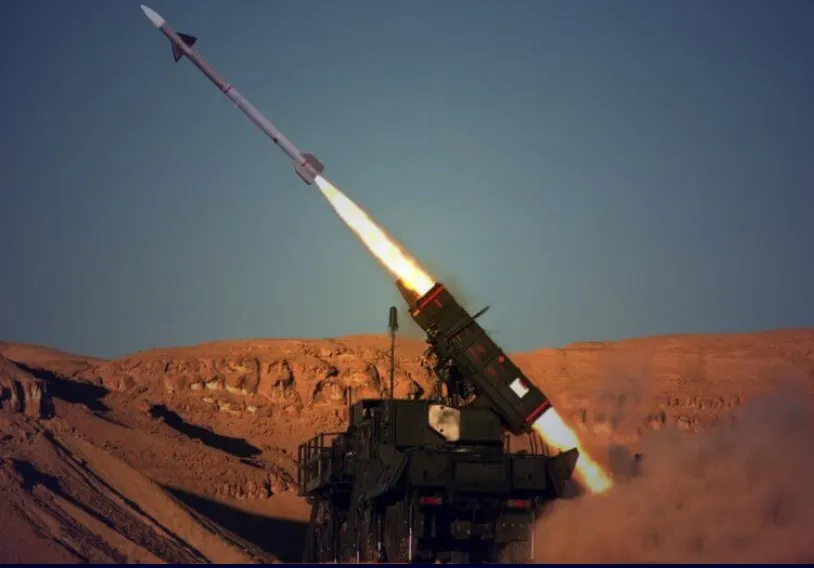
Tel Aviv: Morocco has selected the Rafael SPYDER air defence system for its short range air defence needs. The SPYDER system developed by Israeli company Rafael is operated by 8 countries, including the United Arab Emirates, the first Arab country to do so, as well as the Czech Republic, the first NATO member to deploy the system. The system is also in possession of the armed forces of Georgia, Vietnam, Singapore and the Philippines.
The SPYDER made by Rafael is a low-level, quick-reaction surface-to-air missile system capable of engaging aircraft, helicopters, unmanned air vehicles, drones, and precision-guided munitions. It provides air defence for fixed assets and for point and area defence for mobile forces in combat areas.
According to an official release of Rafael there are four variants of the system. These are:
- The SPYDER-SR and SPYDER-ER 360° provide quick reaction, lock-on-before-launch (LOBL) and lock-on-after launch (LOAL) capabilities, while extending the range of defence to up to a 40 km radius.
- SPYDER-MR and SPYDER-LR offer medium & long range target interception through vertical launch while pushing the defence envelope up to an 80 km radius.
Rafael says that all the variants enable a 360° launch within seconds of the target being declared hostile ‒ and provide all-weather, multi-launch, and net-centric capabilities. The official release points to the fact that the SPYDER systems have advanced ECCM capabilities and use electro-optical observation payloads as well as wireless data link communication.
The UAE interest in the Israeli system began soon after the signing of the Abraham Accord. The UAE needs an effective system that can protect it from armed UAV’s and drones launched by the Houthi rebels in Yemen.














